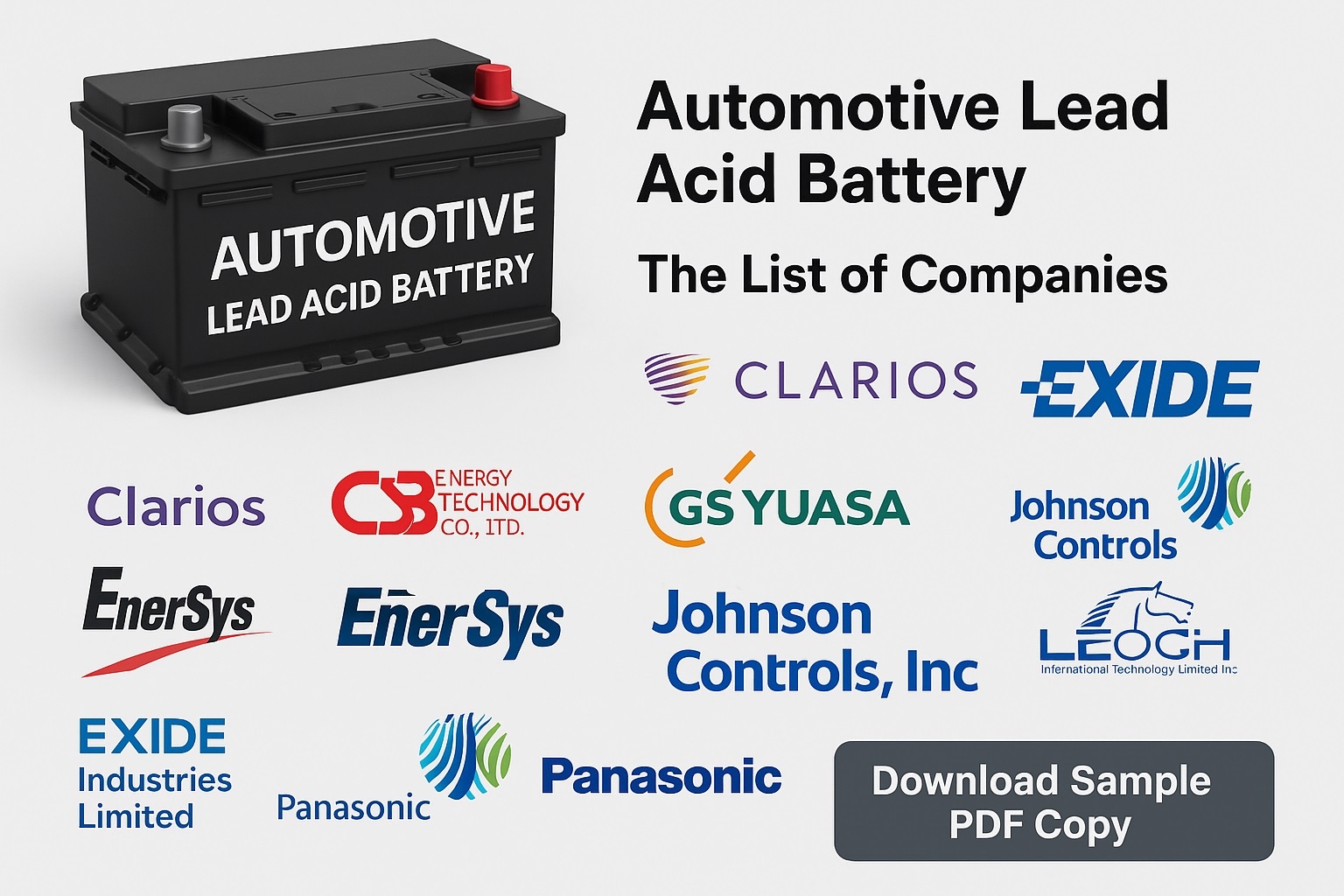Specialty enzymes are specific proteins designed to catalyze biochemical reactions for specialized applications in various industries. These enzymes are tailored to meet the unique requirements of different industrial processes, enhancing efficiency, specificity, and performance. The global specialty enzymes market size is estimated to be valued at USD 6.1 billion in 2024 and is projected to reach USD 9.2 billion by 2029, recording a CAGR of 8.5%.
Key Applications of Specialty Enzymes:
Food and Beverage Industry:
• Baking: Enzymes like amylases and proteases improve dough handling and bread quality.
• Dairy: Lactases break down lactose, aiding in the production of lactose-free products.
• Brewing: Proteases and beta-glucanases improve filtration and clarity in beer production.
Pharmaceuticals:
• Therapeutic Enzymes: Used to treat diseases such as enzyme replacement therapies for lysosomal storage disorders.
• Diagnostic Enzymes: Enzymes like glucose oxidase are used in biosensors for blood glucose monitoring.
To know more get PDF Copy:
https://www.marketsandmarkets.com/pdfdownloadNew.asp?id=21682828
Biofuels:
• Cellulases and Hemicellulases: Break down plant biomass into fermentable sugars for ethanol production.
• Lipases: Enhance biodiesel production by breaking down fats and oils.
Textile Industry:
• Amylases: Remove starch-based sizing agents from fabrics.
• Cellulases: Provide a soft finish to fabrics and improve color brightness.
Agriculture:
• Phytases: Improve the bioavailability of phosphorus in animal feed, enhancing nutrition.
• Proteases: Enhance the digestibility of feed proteins for better animal growth.
Cosmetics and Personal Care:
• Proteases and Lipases: Used in skin care products for exfoliation and moisturizing.
• Hyaluronidases: Enhance the effectiveness of anti-aging treatments by breaking down hyaluronic acid.
Make an Inquiry to Address your Specific Business Needs:
https://www.marketsandmarkets.com/Enquiry_Before_BuyingNew.asp?id=21682828
In India, the Biotechnology Industry Research Assistance Council (BIRAC) plays a significant role in fostering innovation and growth within the specialty enzymes market. Established by the Department of Biotechnology (DBT), Government of India, BIRAC actively supports biotech startups and research institutions through various funding schemes. One of the key initiatives is the Biotechnology Ignition Grant (BIG) scheme, which provides early-stage funding to startups and entrepreneurs with innovative ideas in biotechnology. In July 2020, BIRAC allocated Rs. 50 crores (approximately USD 6.7 million) under the BIG scheme to support around 100 startups and entrepreneurs in the biotechnology sector. This funding aims to catalyze innovation, encourage entrepreneurship, and accelerate the development of novel enzyme-based solutions for various applications in biotechnology and pharmaceuticals. By providing financial support and fostering a conducive ecosystem for research and development, initiatives like BIRAC’s BIG scheme contribute significantly to the growth and competitiveness of the enzyme market in India.
Specialty enzymes are specific proteins designed to catalyze biochemical reactions for specialized applications in various industries. These enzymes are tailored to meet the unique requirements of different industrial processes, enhancing efficiency, specificity, and performance. The global specialty enzymes market size is estimated to be valued at USD 6.1 billion in 2024 and is projected to reach USD 9.2 billion by 2029, recording a CAGR of 8.5%.
Key Applications of Specialty Enzymes:
Food and Beverage Industry:
• Baking: Enzymes like amylases and proteases improve dough handling and bread quality.
• Dairy: Lactases break down lactose, aiding in the production of lactose-free products.
• Brewing: Proteases and beta-glucanases improve filtration and clarity in beer production.
Pharmaceuticals:
• Therapeutic Enzymes: Used to treat diseases such as enzyme replacement therapies for lysosomal storage disorders.
• Diagnostic Enzymes: Enzymes like glucose oxidase are used in biosensors for blood glucose monitoring.
To know more get PDF Copy:
https://www.marketsandmarkets.com/pdfdownloadNew.asp?id=21682828
Biofuels:
• Cellulases and Hemicellulases: Break down plant biomass into fermentable sugars for ethanol production.
• Lipases: Enhance biodiesel production by breaking down fats and oils.
Textile Industry:
• Amylases: Remove starch-based sizing agents from fabrics.
• Cellulases: Provide a soft finish to fabrics and improve color brightness.
Agriculture:
• Phytases: Improve the bioavailability of phosphorus in animal feed, enhancing nutrition.
• Proteases: Enhance the digestibility of feed proteins for better animal growth.
Cosmetics and Personal Care:
• Proteases and Lipases: Used in skin care products for exfoliation and moisturizing.
• Hyaluronidases: Enhance the effectiveness of anti-aging treatments by breaking down hyaluronic acid.
Make an Inquiry to Address your Specific Business Needs:
https://www.marketsandmarkets.com/Enquiry_Before_BuyingNew.asp?id=21682828
In India, the Biotechnology Industry Research Assistance Council (BIRAC) plays a significant role in fostering innovation and growth within the specialty enzymes market. Established by the Department of Biotechnology (DBT), Government of India, BIRAC actively supports biotech startups and research institutions through various funding schemes. One of the key initiatives is the Biotechnology Ignition Grant (BIG) scheme, which provides early-stage funding to startups and entrepreneurs with innovative ideas in biotechnology. In July 2020, BIRAC allocated Rs. 50 crores (approximately USD 6.7 million) under the BIG scheme to support around 100 startups and entrepreneurs in the biotechnology sector. This funding aims to catalyze innovation, encourage entrepreneurship, and accelerate the development of novel enzyme-based solutions for various applications in biotechnology and pharmaceuticals. By providing financial support and fostering a conducive ecosystem for research and development, initiatives like BIRAC’s BIG scheme contribute significantly to the growth and competitiveness of the enzyme market in India.




